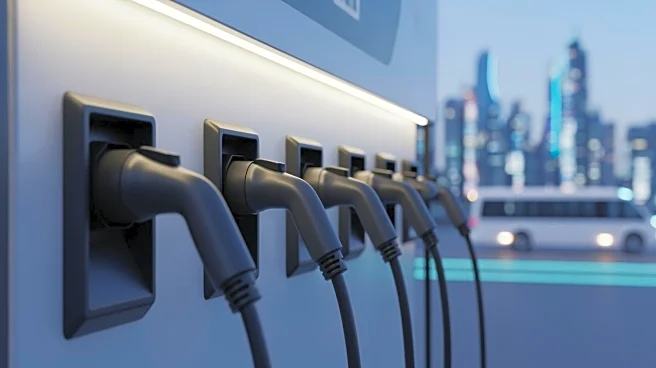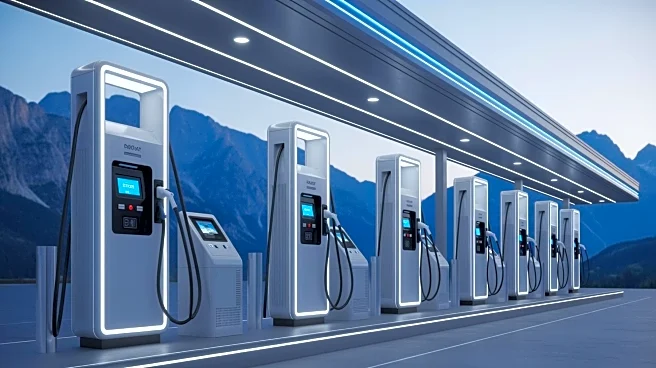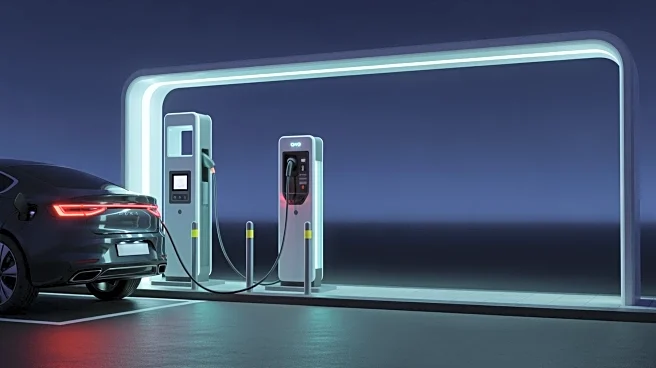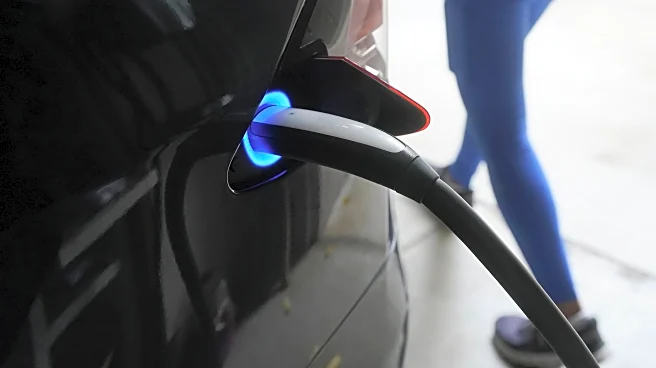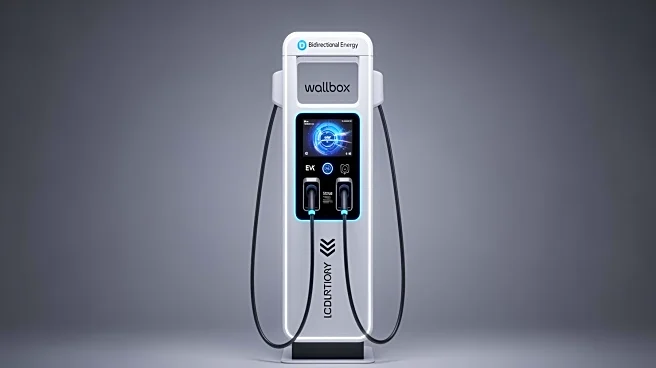What's Happening?
Uber has announced a $4,000 incentive for drivers to switch to electric vehicles (EVs) as part of its 'Go Electric' program. This initiative comes in response to the recent expiration of the $7,500 federal EV tax credit in the United States, which has made
EVs less financially attractive for drivers. The incentive aims to mitigate the impact of the tax credit loss and encourage drivers to adopt EVs. Initially, drivers in New York City, California, Colorado, and Massachusetts are eligible for the grants, which can be combined with local incentives to further reduce the cost of EVs. Uber's move is part of its broader commitment to achieving 100% electric-vehicle rides by 2030 in North America and Europe, and globally by 2040.
Why It's Important?
The expiration of the federal EV tax credit poses a significant challenge to the adoption of electric vehicles in the U.S., potentially slowing down the transition to cleaner transportation. Uber's initiative to offer financial incentives to drivers is crucial in maintaining momentum towards electrification, especially as the company aims to eliminate gas-powered vehicles from its platform. This move not only supports environmental goals but also aligns with economic interests by potentially reducing operational costs for drivers. The program could serve as a model for other companies in the gig economy to incentivize sustainable practices, thereby contributing to broader climate change mitigation efforts.
What's Next?
Uber's 'Go Electric' program is expected to expand to more states and potentially increase the number of eligible drivers. The company is also enhancing its battery-aware matching feature, which helps drivers manage trips based on their EV's battery level, ensuring they can find charging stations conveniently. As Uber continues to push for electrification, it may face challenges related to infrastructure, such as the availability of charging stations, which could impact the feasibility of widespread EV adoption. Stakeholders, including local governments and charging infrastructure providers, may need to collaborate to address these challenges and support Uber's electrification goals.
